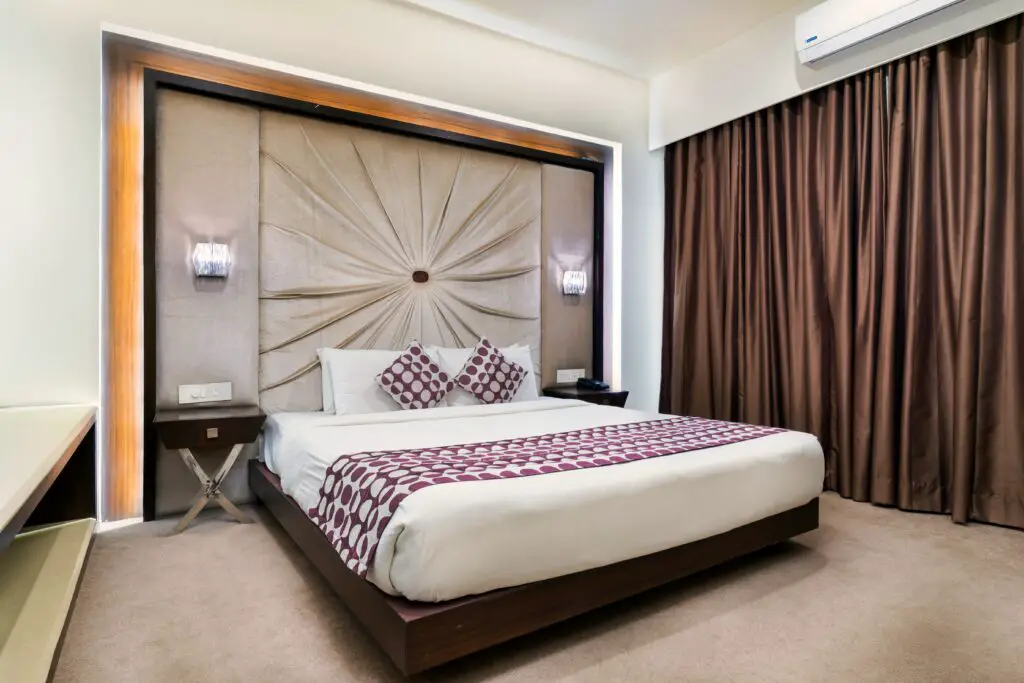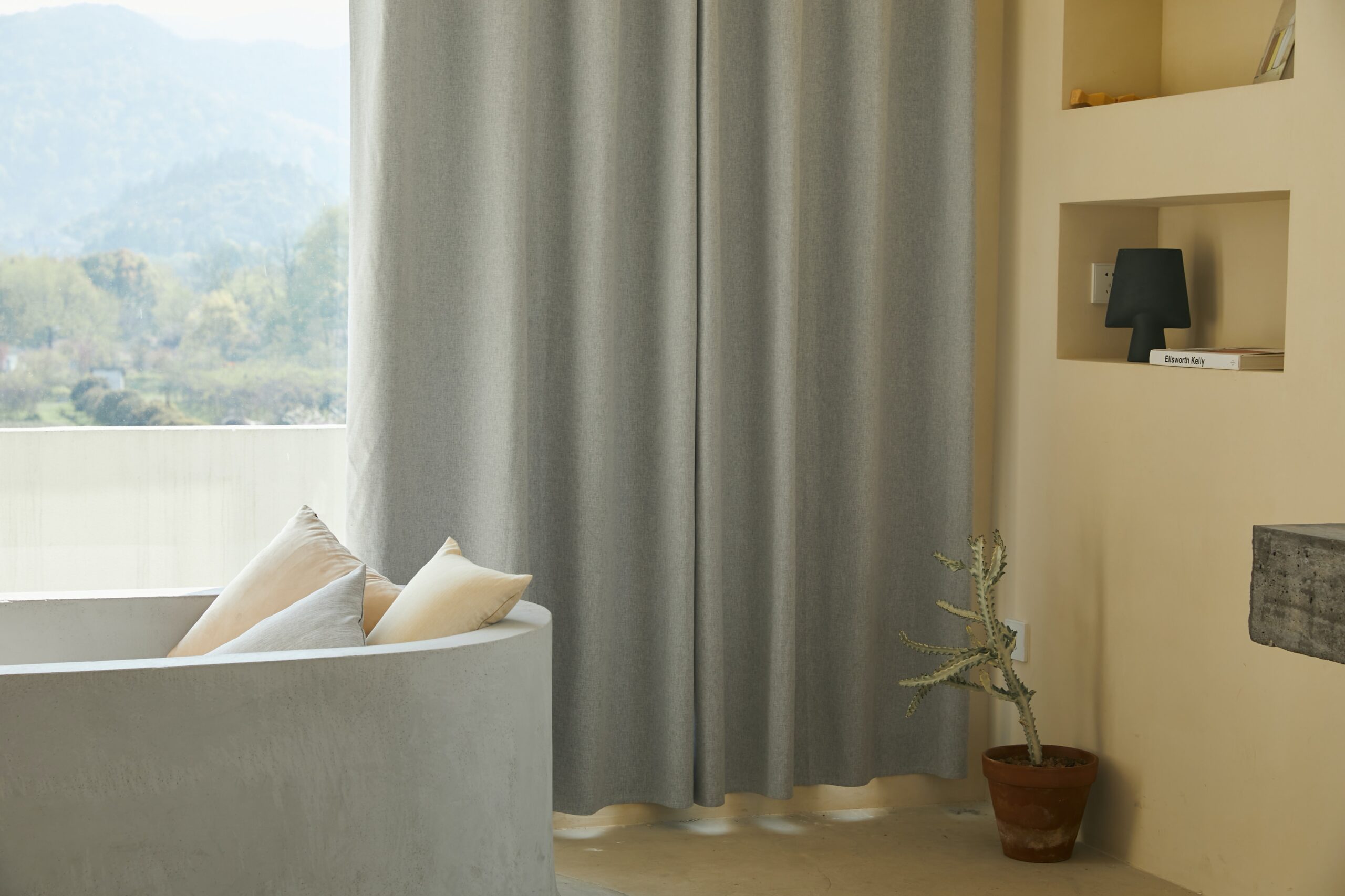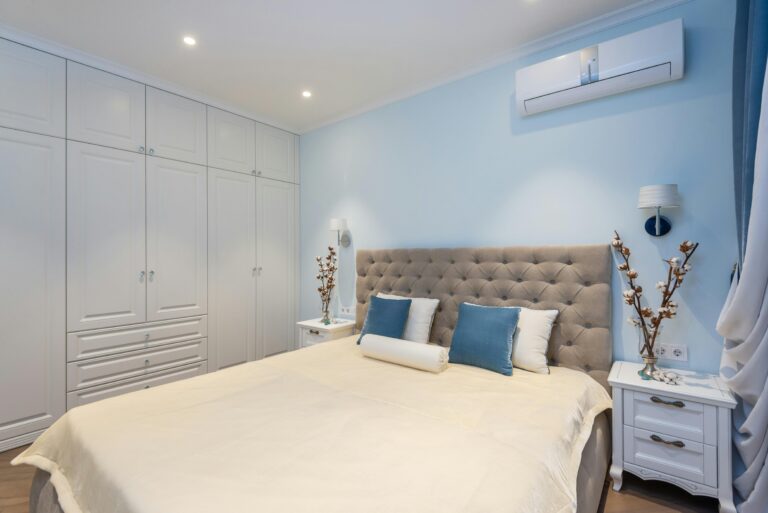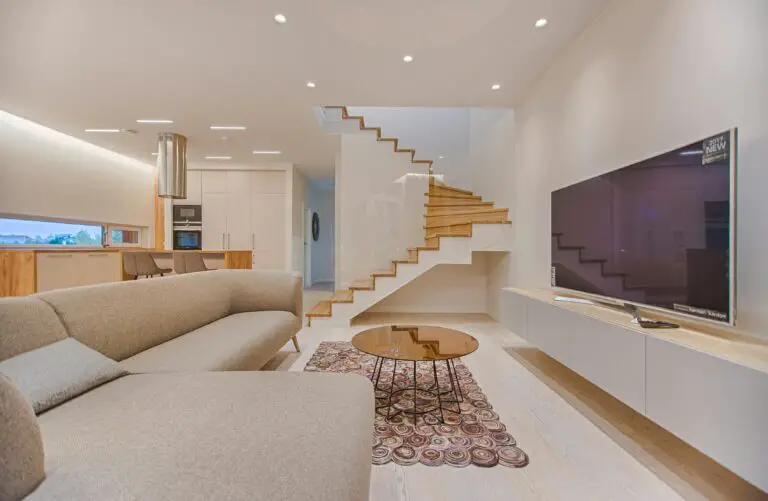Curtains and drapes are often overlooked but play a crucial role in transforming the ambiance of your living spaces. The right choice can add elegance, warmth, and style to your room, while the wrong one might create an awkward contrast or hinder the desired atmosphere.
Whether you’re revamping your living room, bedroom, or any other space, this comprehensive guide will provide you with valuable insights on choosing the right curtains and drapes for your unique needs.
1. Consider Your Space: Tailoring to Your Environment
When choosing the right curtains and drapes, your room’s specific characteristics should guide your decisions. The type of room, its dimensions, and the existing color scheme are key factors to consider.
For instance, the curtains you select for your bedroom might differ from those in your kitchen due to privacy and light control needs. Make sure your choices complement the space’s purpose and style.
2. Functionality: More Than Aesthetic
Curtains serve more than just aesthetic purposes. They can regulate light, provide privacy, insulate against temperature fluctuations, and even reduce noise.
Consider whether you want to filter natural light or block it out entirely for sleeping. Evaluate the curtain’s fabric and thickness, as thicker materials offer better insulation and noise reduction.
3. Fabric and Material: Texture and Durability

The fabric you choose greatly influences the overall look and functionality of your curtains. Cotton, silk, linen, and polyester are popular options, each with its advantages and maintenance requirements.
Think about your lifestyle and preferences – do you prioritize a luxurious feel, easy maintenance, or longevity? The fabric’s texture and pattern can add depth to your interior design, so choose wisely.
4. Curtain Length and Width: Perfect Fit
Accurate measurements are essential for curtains that fit flawlessly. Decide whether you want floor-length, sill-length, or curtains placed above the window.
Consider curtain fullness for a more luxurious appearance. Measuring your windows properly ensures that your curtains don’t appear disproportionate or awkward in the space.
5. Color and Pattern: Harmonizing with Your Decor
Selecting the right color and pattern can be a game-changer. Matching curtains to your existing color scheme enhances cohesion, while contrasting colors can create a focal point.
Choose patterns that suit your room’s style – bold patterns can make a statement, while subtle ones add a touch of sophistication.
6. Style and Design: Reflecting Your Taste

The style of your curtains should align with your overall design aesthetic. Decide whether you prefer traditional or modern curtains. Explore different curtain headers like rod pockets, grommets, or pinch pleats. Valances, swags, and tiebacks can add flair to your window treatment.
7. Budget Considerations: Balancing Quality and Cost
Setting a budget is crucial, but remember that curtains are an investment in your space’s appearance. Affordable options are available without compromising quality. Consider ready-made curtains or explore DIY options. If possible, invest in custom-made curtains for a tailored look.
8. Installation and Hardware: The Final Touch
Choosing the right curtain rods and brackets is vital for proper installation. Consider the type of wall you have – drywall, plaster, or other materials might require different installation methods. Properly installed curtains enhance the overall look and functionality of your window treatment.
9. Maintenance and Cleaning: Longevity and Care
Different fabric types have varying maintenance needs. Check care instructions before purchasing to ensure you’re comfortable with the cleaning routine. Regular maintenance keeps your curtains looking fresh and extends their lifespan.
10. Finalizing Your Choice: Bringing It All Together
Visualize your selected curtains in your space before making a final decision. Ordering fabric samples can help you see how they’ll look in different lighting conditions. Don’t hesitate to seek advice from interior designers or professionals to gain valuable insights.
Conclusion
The journey of choosing the right curtains and drapes is both exciting and rewarding. By considering your space, functionality, fabric, style, and budget, you can elevate your room’s aesthetics and create a comfortable, stylish haven that truly reflects your personality.
Frequently Asked Questions: Expert Answers to Your Queries
1. What to consider when choosing curtains?
Consider your room’s purpose, dimensions, existing decor, and desired functionality. These factors will guide your curtain choices.
2. What points should be considered while selecting curtains and draperies?
Think about your room’s light control, privacy, insulation, and noise reduction needs. Also, factor in fabric type, color, and style.
3. How do I choose curtains for my room?
Start by measuring your windows accurately. Then, consider your room’s color scheme, style, and the level of light control and privacy required.
4. What is the rule for curtains?
There’s no one-size-fits-all rule, but curtains should complement your space’s style, color scheme, and functionality needs.
5. What is the rule of thumb when buying curtains?
Ensure your curtains are at least double the width of your window for a luxurious fullness when closed.
6. Do curtains need to be the same in every room?
Not necessarily. While cohesive design is important, each room’s purpose and decor can influence curtain choices.
7. Do curtains make a room look bigger or smaller?
Hanging curtains slightly above the window and allowing them to touch the floor can create an illusion of height, making the room appear larger.
8. Do curtains need to be darker than the walls?
Not always. Curtains can be a shade lighter or darker than your walls, depending on your design goals.
9. Should your curtains match your sofa?
It’s not essential, but coordinating colors or patterns between curtains and furniture can create a harmonious look.



